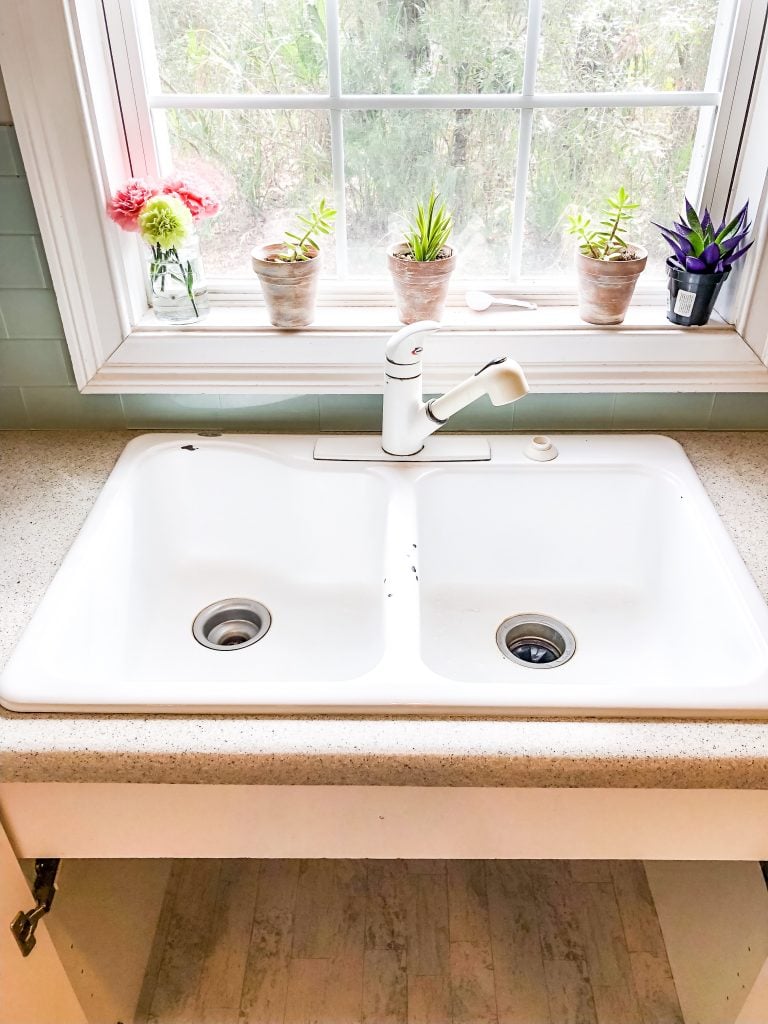

(iv) Bennet (1937) observed viruses to move in phloem in a mass flow in the direction of movement of organic solutes at a rate of about 60 cm/hr. (iii) Defoliation of shoots causes disappearance of concentration gradient in its phloem, A fall of 20% concentration was observed by Zimmermann (1957) over a distance of eight metres, (ii) Direction of flow of organic solutes is always towards concentration gradient. (i) Sieve tubes contain organic solutes under a pressure because an injury causes exudation of solution rich in organic solutes, A low turgor pressure is maintained in the sink region by converting soluble organic substances into insoluble form. It causes the flow of organic solution towards the area of low turgor pressure. The sieve tubes absorb water from the surrounding xylem and develop a high turgor pressure (Fig. A high osmotic concentration, therefore, develops in the sieve tubes of the source. The organic substances present in them are passed into the sieve tubes through their companion cells by an active process. A continuous high osmotic concentration is present in the source or supply region, e.g., mesophyll cells (due to photosynthesis). Here the vacuoles are fully permeable because of the absence of tonoplast. Sieve tube system is fully adapted to mass flow of solutes. If the solutes are replenished in the donor osmometer and immobilised in the recipient osmometer, the mass flow can be maintained indefinitely. It will, therefore, come to have high turgor pressure which forces the solution to pass into the second osmometer by a mass flow. Lateral movement from phloem to living cells or from source to phloem occurs through transfer cells and symplasm. of dry weight or translocation of 110 cm per hour.ġ2. Crafts and Lorenz (1944) found that a pumpkin fruit receives 5500 gm of the organic solution in 33 days with a rate of 0.61 gm. The rate of translocation of organic nutrients is such that a sieve tube must be refilled 3-10 times per second. Relatively large amounts of organic solutes are trans-located. Sieve tube cells possess granules and filaments of P-protein with ATPase activity.ġ1. The centre of sieve tube cells is empty with cytoplasmic strands being peripheral.ġ0. Cytoplasm of one sieve tube cell is continuous with that of the adjacent sieve tube cells through sieve plates so as to form continuous filaments. Sieve tube cytoplasm can tolerate high concentration of solutes without being plasmolysed.ĩ. Tonoplast is absent in sieve tube cells so that cytoplasm is in direct contact with vacuolar contents.Ĩ. The excess food comes out of leaves and is trans-located in the downward direction to stem (for storage, metabolism, maintenance of its cells and secondary growth, if any) and root system (for storage, growth, metabolism and maintenance).ħ. The leaves manufacture food in excess of their own requirement. It is the most common mode of translocation. Translocation of organic solutes can occur in the following directions: unidirectional upwards in xylem).ĭirections of Translocation of Organic Solutes : Since the source-sink relationship is variable, the direction of movement of organic solutes in phloem can be upwards or downwards i.e., bidirectional (c.f. Sugar stored in roots may be mobilised to become a source of food in the early spring when the buds of trees act as sink and require energy for their growth and development. But the source and sink may be reversed depending on the season or need of the plants. It is the long distance movement of organic substances from the source or supply end (region of manufacture or storage) to the region of utilization or sink. In this article we will discuss about the Flow of Source and Sink in Phloem Translocation.


 0 kommentar(er)
0 kommentar(er)
